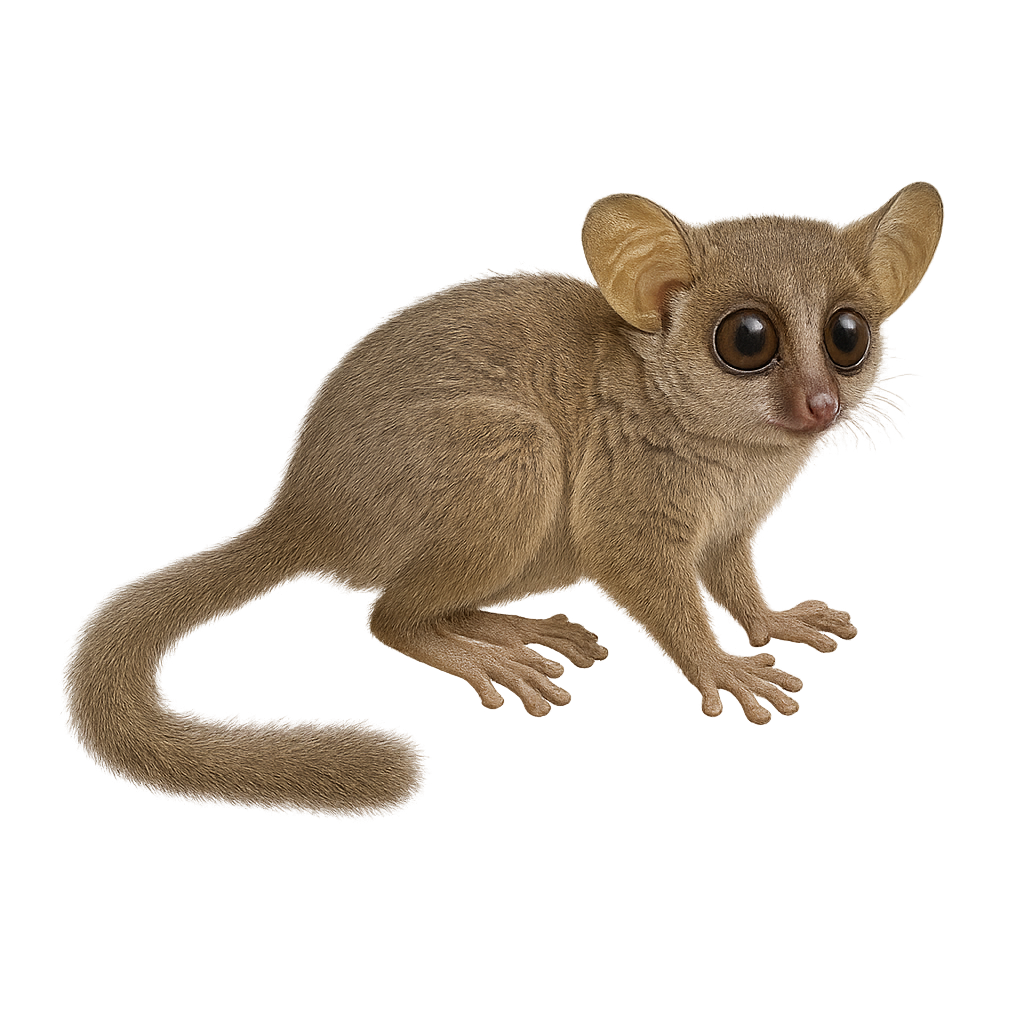Your wildlife photography guide.
Explore the demidoff's dwarf galago in detail, study its behavior, prepare your shots.
Where to observe and photograph the demidoff's dwarf galago in the wild
Learn where and when to spot the demidoff's dwarf galago in the wild, how to identify the species based on distinctive features, and what natural environments it inhabits. The WildlifePhotographer app offers tailored photography tips that reflect the demidoff's dwarf galago’s behavior, helping you capture better wildlife images. Explore the full species profile for key information including description, habitat, active periods, and approach techniques.
Demidoff's Dwarf Galago
Scientific name: Galagoides demidoff

IUCN Status: Least Concern
Family: GALAGONIDAE
Group: Mammals
Sensitivity to human approach: Shy
Minimum approach distance: 5 m
Rut period: April to July
Gestation: 110-120 jours
Births: July to November
Habitat:
tropical forests, wooded savannas
Activity period :
Mainly active at night, generally discreet during the day.
Identification and description:
The Demidoff's dwarf galago, also known as the Demidoff's bushbaby, is a small nocturnal primate native to the tropical forests of Central and West Africa. It is characterized by its diminutive size, measuring about 15 cm in length with a tail nearly as long. Its fur is soft and dense, typically gray-brown, allowing it to blend seamlessly into its natural surroundings. Its large, round eyes are adapted for night vision, and its mobile ears help detect the slightest sounds. It primarily feeds on insects, fruits, and tree gum. Although mostly solitary, it communicates with its peers through various vocalizations.
Recommended lens:
400 mm – adjust based on distance, desired framing (portrait or habitat), and approach conditions.
Photography tips:
To photograph the Demidoff's dwarf galago, it is advisable to use a 400mm lens or longer to capture detailed images from a distance. Being a nocturnal animal, it is best photographed at dusk or dawn when the light is soft. Use a tripod to stabilize your camera and avoid motion blur. Be patient and quiet to avoid scaring it away. High ISO settings may be necessary to compensate for low light conditions.
The WildlifePhotographer App is coming soon!
Be the first to explore the best nature spots, track rutting seasons, log your observations, and observe more wildlife.
Already 1 449 wildlife lovers subscribed worldwide

